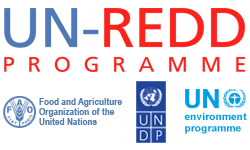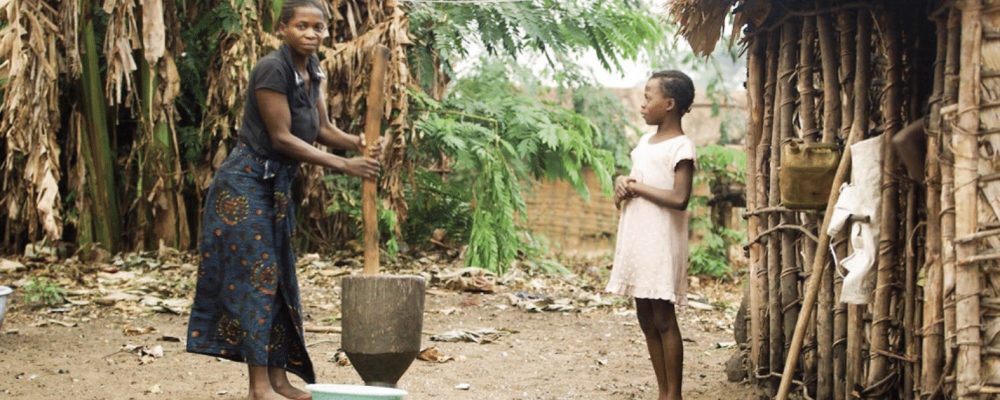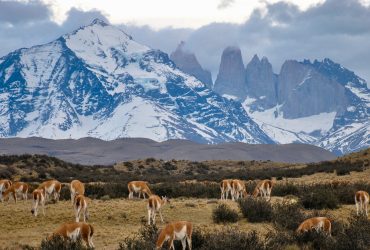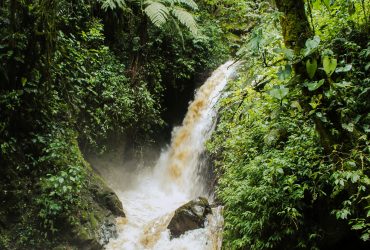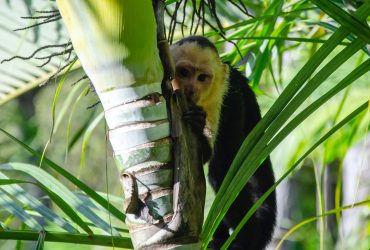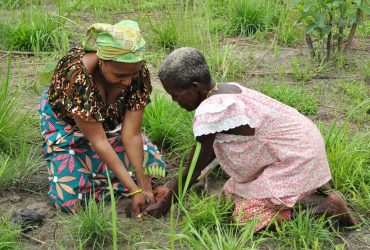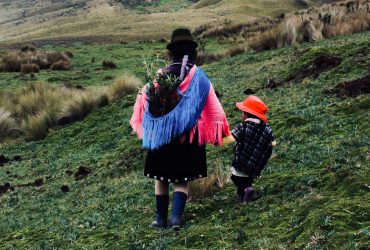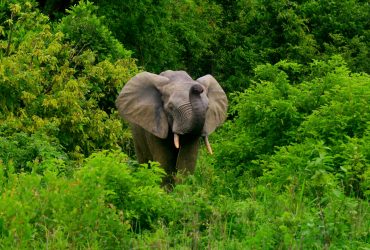PROGRESS AGAINST THE WARSAW FRAMEWORK
NS/AP: DRC has committed to reducing forest loss across the country through REDD+ since 2009 and is one of the pilot countries that benefitted from international funds to embark on the readiness phase. The National REDD+ Strategy was adopted in 2012 and the National Investment Framework in 2015. Since then, DRC has received funding to implement REDD+ actions articulated around 7 pillars in the NS/ AP.
FREL/FRL: The FREL was submitted to UNFCCC in 2018, covering the period 2000-2014. Data was updated by the TA and extended to 2014-2018. The data was used for the volume estimation of emission reductions under the LEAF proposal. DRC is currently finalizing the 2018-2020 estimates and now includes deforestation and degradation.
NFMS: In 2012, DRC became the first sub-Saharan African country to build a National Forest Monitoring System (NFMS). In 2017-2021, FAO supported the updated version of the NFMS with CAFI financial support. This is now operational. The NFMS finalized the National Forest Inventory in 2021 and produces updated activity data on a bi-annual basis.
SIS: Since 2015, DRC has defined its national social and environmental standards in full compliance with the Cancun agreements and the frameworks related to international regulations, but the country has not finalized safeguards elements. In 2021, UN-REDD supported the country in completing two key safeguards elements under the UNFCCC, namely the safeguards information system (SIS) and the first summary of information (SOI).
DRC has developed its SIS website and will strengthen its system by continuing the work initiated in 2021 to develop the SIS database. Also, the elaboration of its first SOI has started and will be completed during the first half of 2022. Both advances were supported by work conducted in collaboration with several country institutions and stakeholders to gather detailed information on how safeguards are being addressed and respected.
REDD+ IMPLEMENTATION
Forest solutions realized. DRC was not part of the 2021 inception process, but some requests were made to the UN-REDD Programme later on. This is an illustrative example of the new operational modalities within UN-REDD to respond to opportunities, to the extent possible. Main outputs included the development of the SIS webpage, draft of summary of information and data collection to feed the SIS database. UN-REDD conducted a comprehensive review of ongoing UNDP investment programmes for REDD+ under FONAREDD that are financed by CAFI in order to identify the main challenges to performance delivery. Then, the review defined the technical assistance potentially needed to address issues identified. The review suggested concrete recommendations as a foundation to further improve the performance delivery going forward. Along the same line, UN-REDD provided advisory support to the FONAREDD Technical Committee for the design, effective implementation, monitoring and reporting of ongoing and new investment programmes.
Forest solutions rewarded. UN-REDD supported DRC to prepare a TREES Concept Note for past emissions reductions (2017-2021) with a focus in Tshuapa Province. The concept note was submitted to the ART Secretariat in December, 2021 and approved early in January, 2022. See ART (apx.com). Technical support was also provided on carbon, legal and safeguards elements, including:
– a review of the forest legal and institutional framework focusing on the nature and allocation of carbon rights and legal title to REDD+ results, taking into consideration forest tenure aspects and ad hoc secondary instruments recently adopted;
– a draft of section 6 of the ARTTREES Concept Note taking into account inputs formulated by the national counterparts;
– a country legal report analyzing ERs rights, authored by the law firm, White & Case, in the context of collaborative work developed with the UN-REDD Secretariat.
The country has also performed a safeguards assessment of ART-TREES requirements. Additional discussions engaging country stakeholders will take place to update the assessment.
CHALLENGES AND SOLUTIONS
Due to COVID-19 related travel restrictions, few missions were organized by the UN-REDD team in DRC. Institutional arrangements and leadership on the REDD+ mechanism remains unclear, especially with regards to coordination, government ownership and opportunities for high-integrity carbon markets. The taskforce established helped put institutions together to deliver on specific tasks. DRC benefits from substantial investments from CAFI which keep the government and partners working, while notable reforms and field activities are underway to protect forests and consolidate a REDD+ pathway.
GENDER AND SOCIAL INCLUSION
Under the leadership of the Vice Prime Minister in charge of Environment (VPM – MEDD), DRC established a taskforce with different actors, including CSO representatives, to deliver on a LEAF proposal. Through the taskforce, DRC conducted two stakeholder consultations to gather inputs and to validate the proposal before its submission. This taskforce has been involved in a series of consultations throughout the development of safeguards elements. In addition, through the Comite Technique de Pilotage, DRC organised consultations to approve and validate data and reports produced through MRV and NFMS activities.
PARTNERSHIPS
UN-REDD benefited from the partnership with the Ministry of Environment and FONAREDD through the taskforce established by the VPM-MEDD. FONAREDD played an important role in coordinating closely with the UN-REDD team and all members of the taskforce and also provided information building on the existing projects and programmes being implemented on the ground.
LINKAGES TO SDGS
The REDD+ activities contribute directly to achieving SDGs 13 and 15, with linkage to other SDGs such as poverty reduction, health and well-being, gender equity, hunger alleviation and improving institutions.
